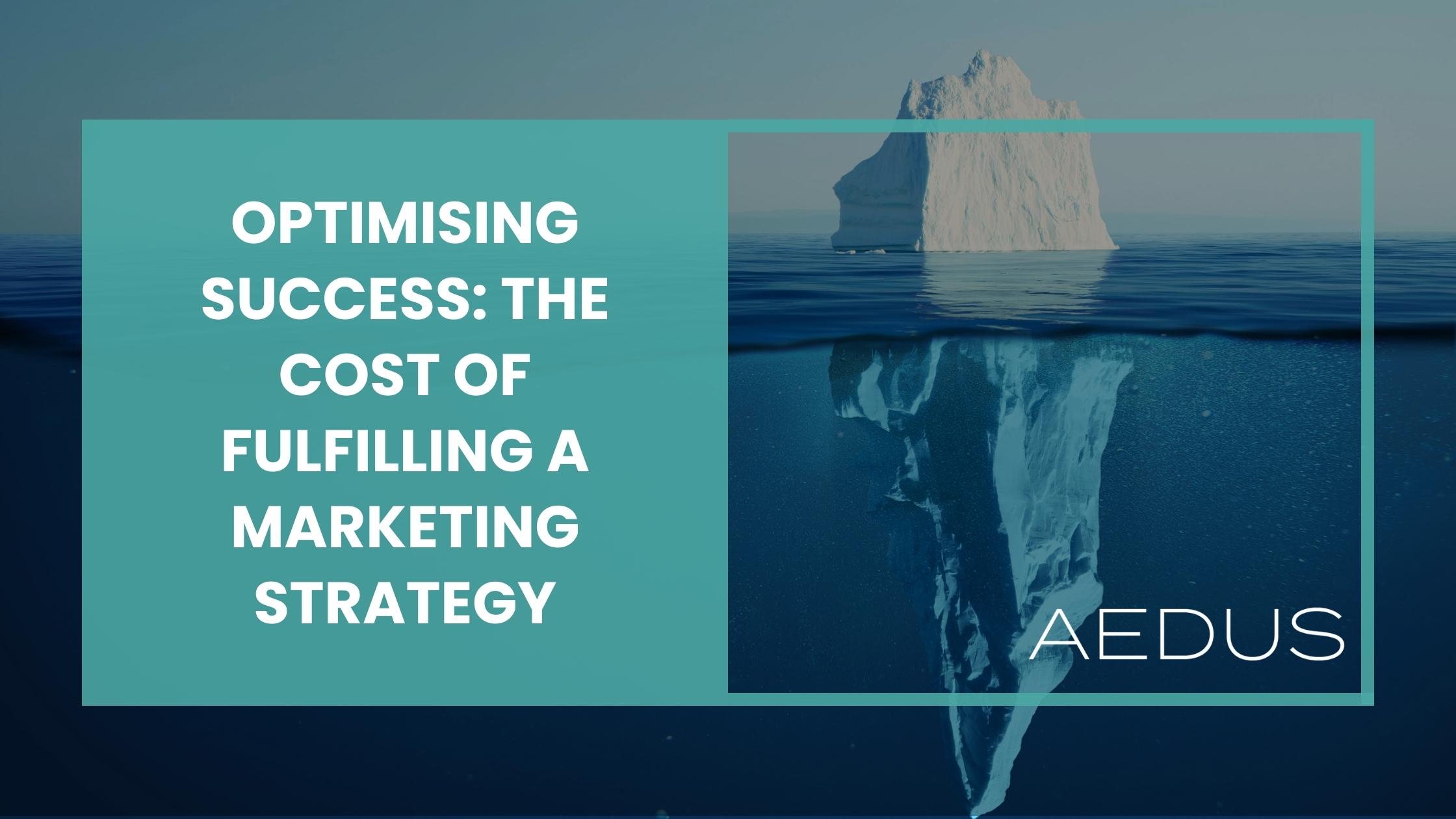Discover the hidden expenses and investments required to effectively execute a marketing strategy in 2024.
Understanding the Key Components of a Marketing Strategy
A successful marketing strategy involves several key components that work together to achieve desired outcomes. These components include market research, brand identity, content creation and distribution, and monitoring and analysing marketing performance.
Market research is crucial for understanding target audiences, identifying market trends, and assessing the competition. It requires financial investments in conducting surveys, focus groups, and data analysis. By gaining insights into consumer behaviour and preferences, businesses can make informed decisions and develop effective marketing strategies. Often businesses contain much of this knowledge internally but lack the time and direction to craft this into their marketing strategy.
Crafting a compelling brand identity is another important aspect of a marketing strategy. This involves creating a unique and memorable brand image that resonates with the target audience. Developing a brand identity requires investments in graphic design, branding materials, and marketing collaterals. By establishing a strong brand identity, businesses can differentiate themselves from competitors and build trust among consumers.
Investing in quality content creation and distribution is essential for engaging target audiences and driving conversions. This includes producing relevant and valuable content such as blog posts, videos, social media updates, and email newsletters. It also involves distributing the content through various channels such as websites, social media platforms, and email marketing campaigns. These activities require financial investments in hiring content creators, graphic designers, and marketing professionals.
Monitoring and analysing marketing performance is crucial for evaluating the effectiveness of a marketing strategy and making necessary adjustments. This involves tracking key performance indicators (KPIs), analysing data, and measuring the return on investment (ROI). It requires investments in marketing analytics tools and hiring analysts who can interpret the data and provide actionable insights.
In conclusion, fulfilling a marketing strategy requires financial investments in various key components such as market research, brand identity, content creation and distribution, and monitoring and analysing marketing performance then turning this into even better strategies. By understanding the true cost of these investments, businesses can optimise their marketing strategies and increase their chances of success in 2024.
Unveiling the Financial Investments Needed for Market Research
Market research plays a crucial role in the success of a marketing strategy. However, it requires financial investments to gather relevant data and insights. Conducting surveys, focus groups, and data analysis can be expensive, but the benefits outweigh the costs. By investing in market research, businesses can gain a deeper understanding of their target audiences, identify emerging market trends, and assess the competition. This knowledge enables businesses to develop effective marketing strategies that resonate with consumers and drive business growth.
To minimise costs, businesses can leverage technology, automation and internal expertise to streamline the market research process. Online surveys and data collection tools can be used to gather data more efficiently and cost-effectively. Additionally, businesses can collaborate with research agencies or consultants who specialise in market research to leverage their expertise and resources. By making strategic investments in market research, businesses can make informed decisions and increase their chances of success in the competitive market landscape of 2024.
The Price of Crafting a Compelling Brand Identity
Crafting a compelling brand identity is an essential component of a successful marketing strategy. However, it comes with a price tag. Developing a strong brand identity requires financial investments in graphic design, branding materials, and marketing collaterals. Businesses need to invest in creating a visually appealing and cohesive brand image that resonates with their target audience.
Graphic design plays a crucial role in creating a compelling brand identity. Investing in professional graphic designers can help businesses create visually appealing logos, website designs, and marketing materials. These design elements contribute to the overall brand image and help businesses stand out from the competition.
In addition to graphic design, businesses need to invest in branding materials such as business cards, brochures, and stationery. These materials should reflect the brand's values, personality, and unique selling propositions. By investing in high-quality branding materials, businesses can leave a lasting impression on customers and reinforce their brand identity.
Marketing collaterals such as advertisements, social media graphics, and promotional videos also require financial investments. These collaterals help businesses communicate their brand message effectively and engage with their target audience. By investing in well-crafted marketing collaterals, businesses can build brand awareness, attract new customers, and foster customer loyalty.
In summary, crafting a compelling brand identity requires financial investments in graphic design, branding materials, and marketing collaterals. By investing in these aspects, businesses can create a strong and memorable brand image that resonates with their target audience and drives business growth.
Investing in Quality Content Creation and Distribution
Quality content creation and distribution is a critical component of a successful marketing strategy. It involves producing relevant and valuable content that engages target audiences and drives conversions. However, it requires financial investments to create and distribute high-quality content effectively.
Creating quality content involves investing in content creators, such as writers, videographers, and designers. These professionals are responsible for producing engaging and informative content that resonates with the target audience. Additionally, businesses need to invest in content creation tools and software to streamline the content production process and ensure high-quality output.
Once the content is created, businesses need to invest in its distribution through various channels. This includes websites, social media platforms, email marketing campaigns, and more. Each channel requires financial investments, such as website hosting fees, social media advertising budgets, and email marketing software subscriptions. By investing in content distribution, businesses can reach a wider audience and maximize the impact of their marketing efforts.
To optimise the cost of content creation and distribution, businesses can leverage data and analytics to identify the most effective channels and content formats. By focusing their investments on the channels and content that yield the highest ROI, businesses can achieve better results with limited resources.
In conclusion, investing in quality content creation and distribution is essential for a successful marketing strategy. By allocating financial resources to content creators and distribution channels, businesses can engage their target audience, drive conversions, and achieve their marketing goals.
The Hidden Costs of Monitoring and Analysing Marketing Performance
Monitoring and analysing marketing performance is a critical step in evaluating the effectiveness of a marketing strategy and making necessary adjustments. However, it comes with hidden costs that businesses need to consider.
To monitor marketing performance, businesses need to invest in marketing analytics tools and software. These tools help collect and analyse data, track key performance indicators (KPIs), and measure the return on investment (ROI). While some analytics tools are available for free, more advanced tools often require subscriptions or one-time payments.
In addition to the cost of analytics tools, businesses need to allocate financial resources to hire skilled analysts or marketing professionals who can interpret the data and provide actionable insights. These professionals play a crucial role in identifying trends, spotting opportunities, and optimising marketing strategies based on data-driven insights.
Furthermore, businesses need to consider the time and effort required to monitor and analyse marketing performance. This includes setting up tracking mechanisms, collecting data, and generating reports. While the monetary cost may be the most visible, businesses should also consider the opportunity cost of allocating resources to monitoring and analysing marketing performance instead of other revenue-generating activities.
Despite the hidden costs, monitoring and analysing marketing performance is essential for optimizing marketing strategies and achieving business goals. By investing in analytics tools and hiring skilled professionals, businesses can gain valuable insights and make data-driven decisions that drive business growth.




